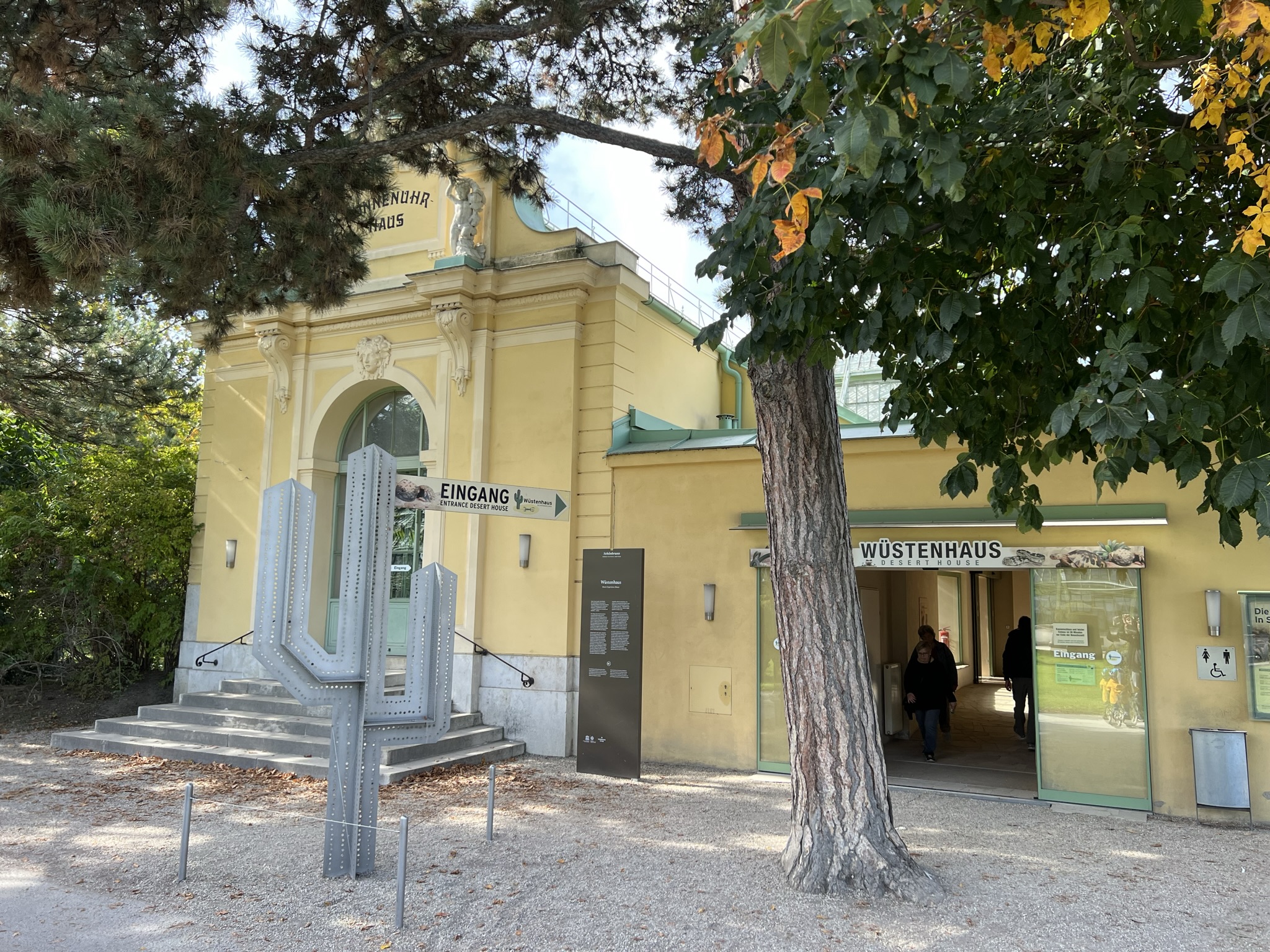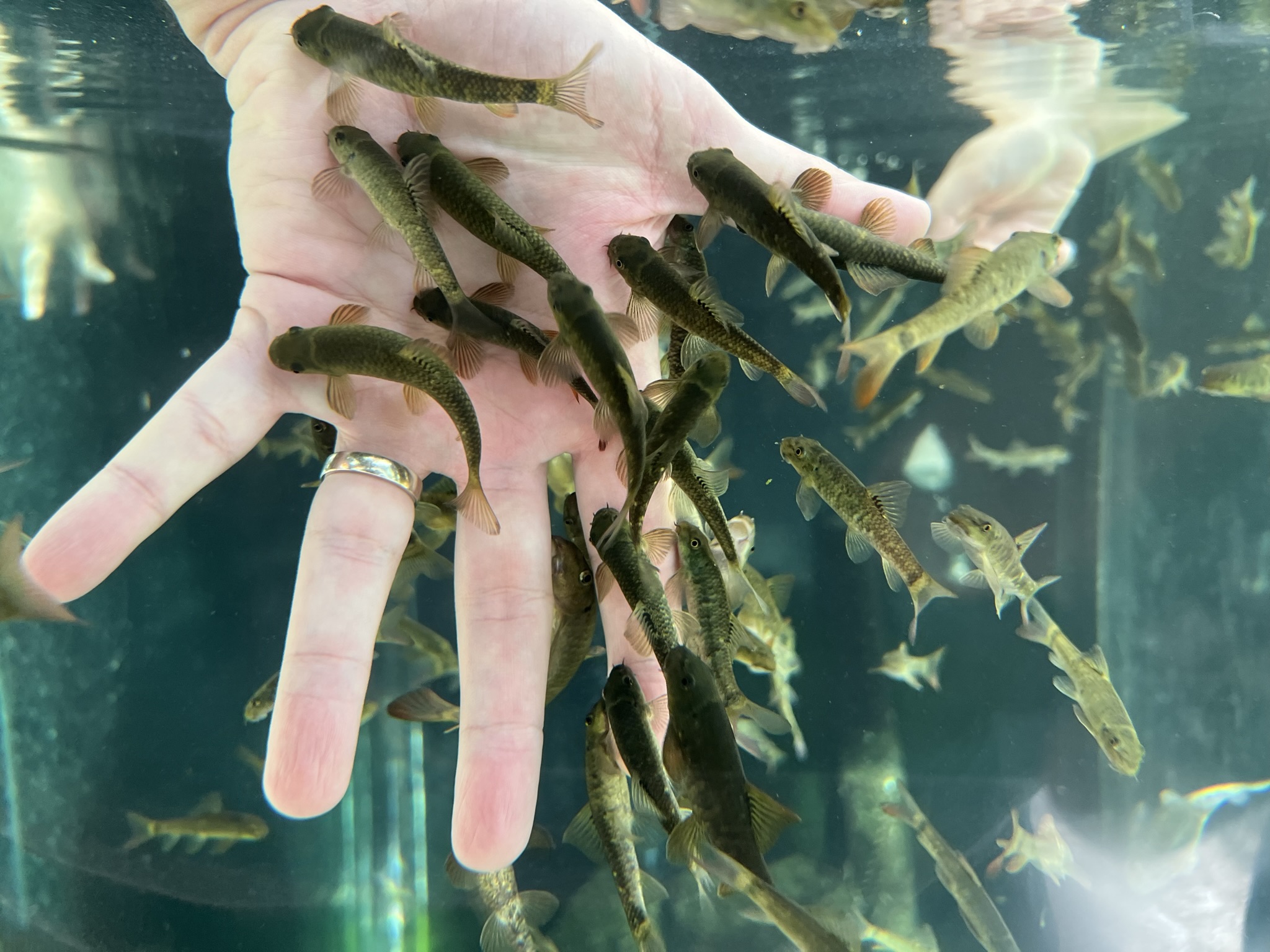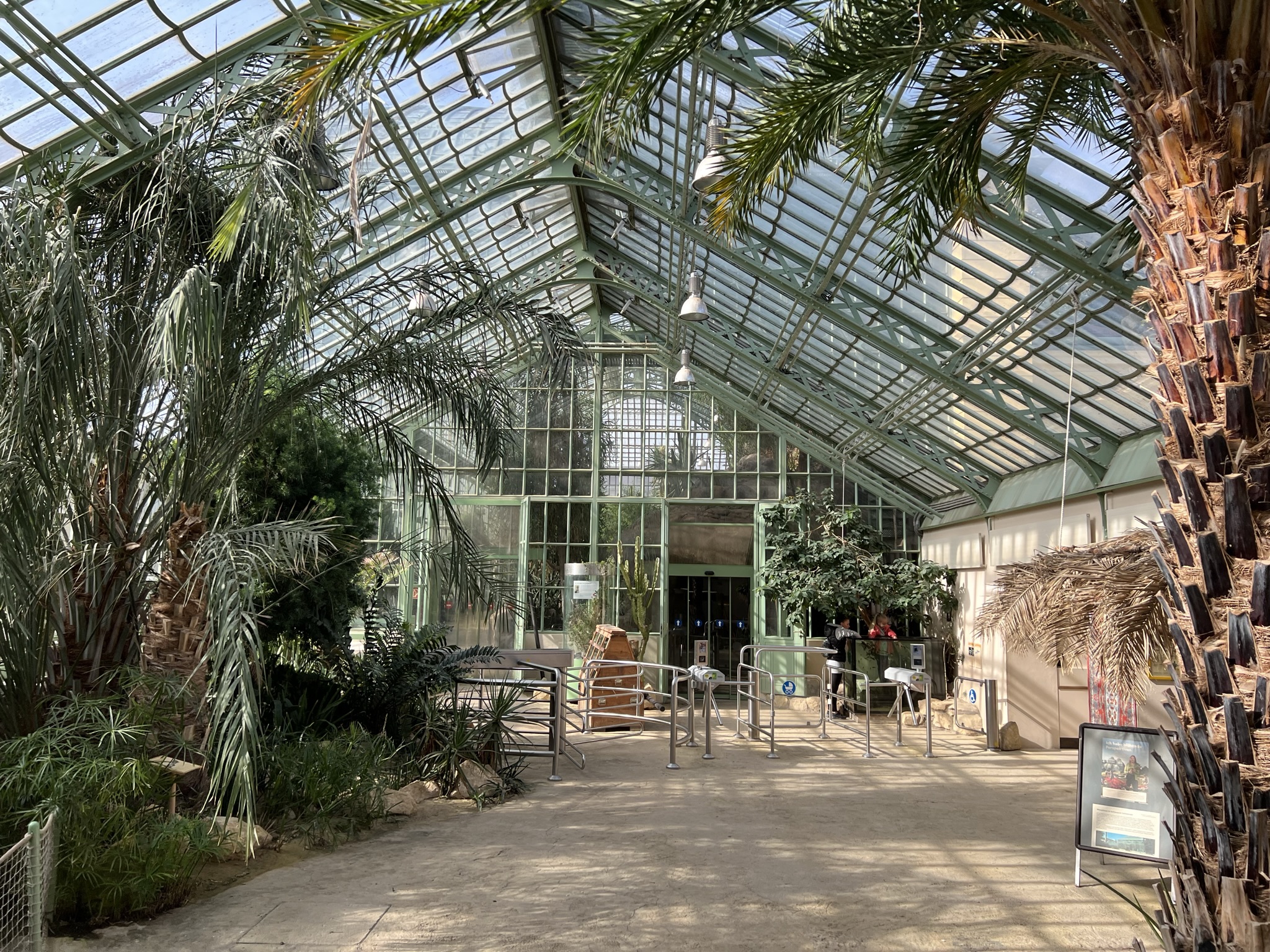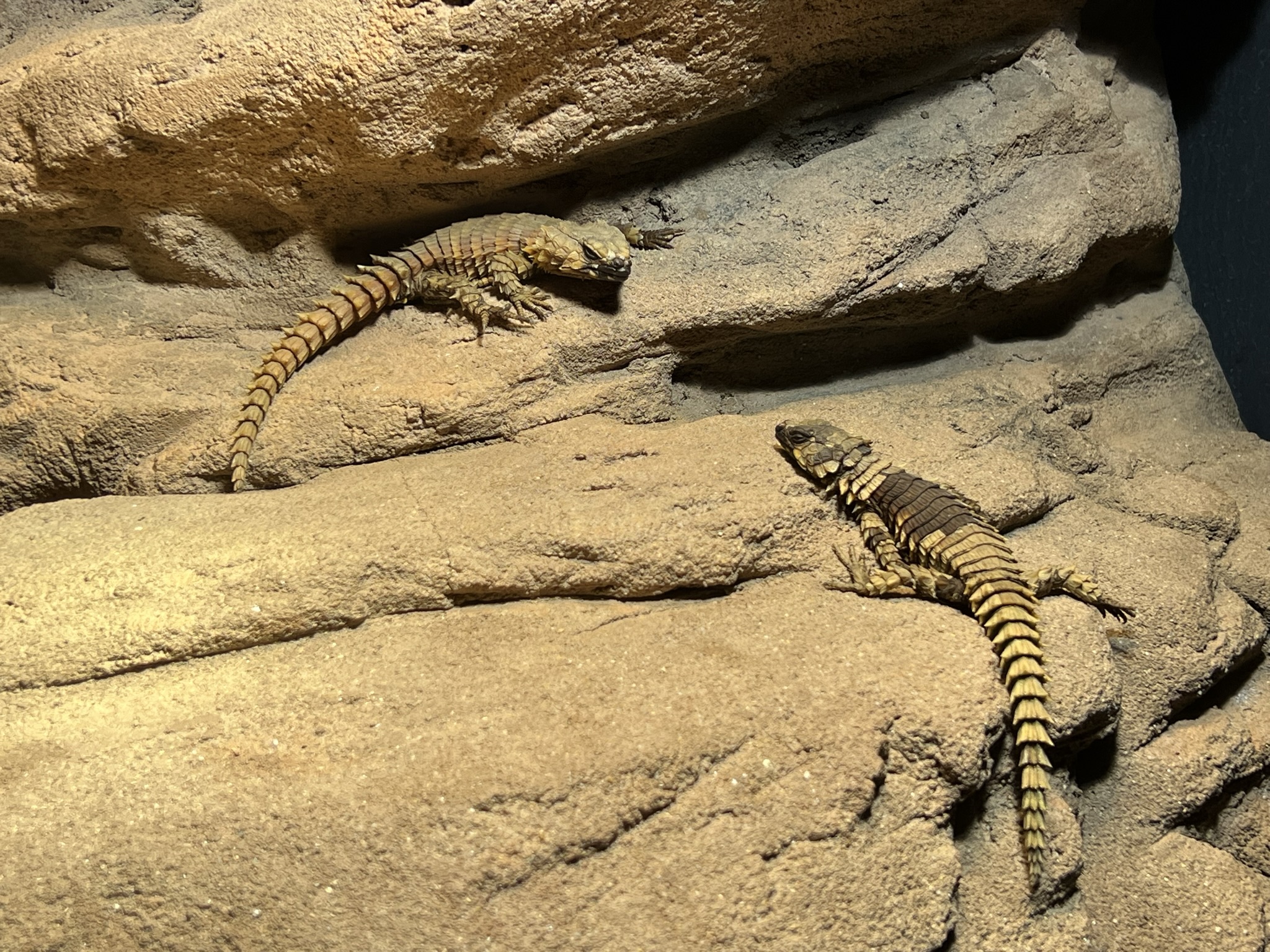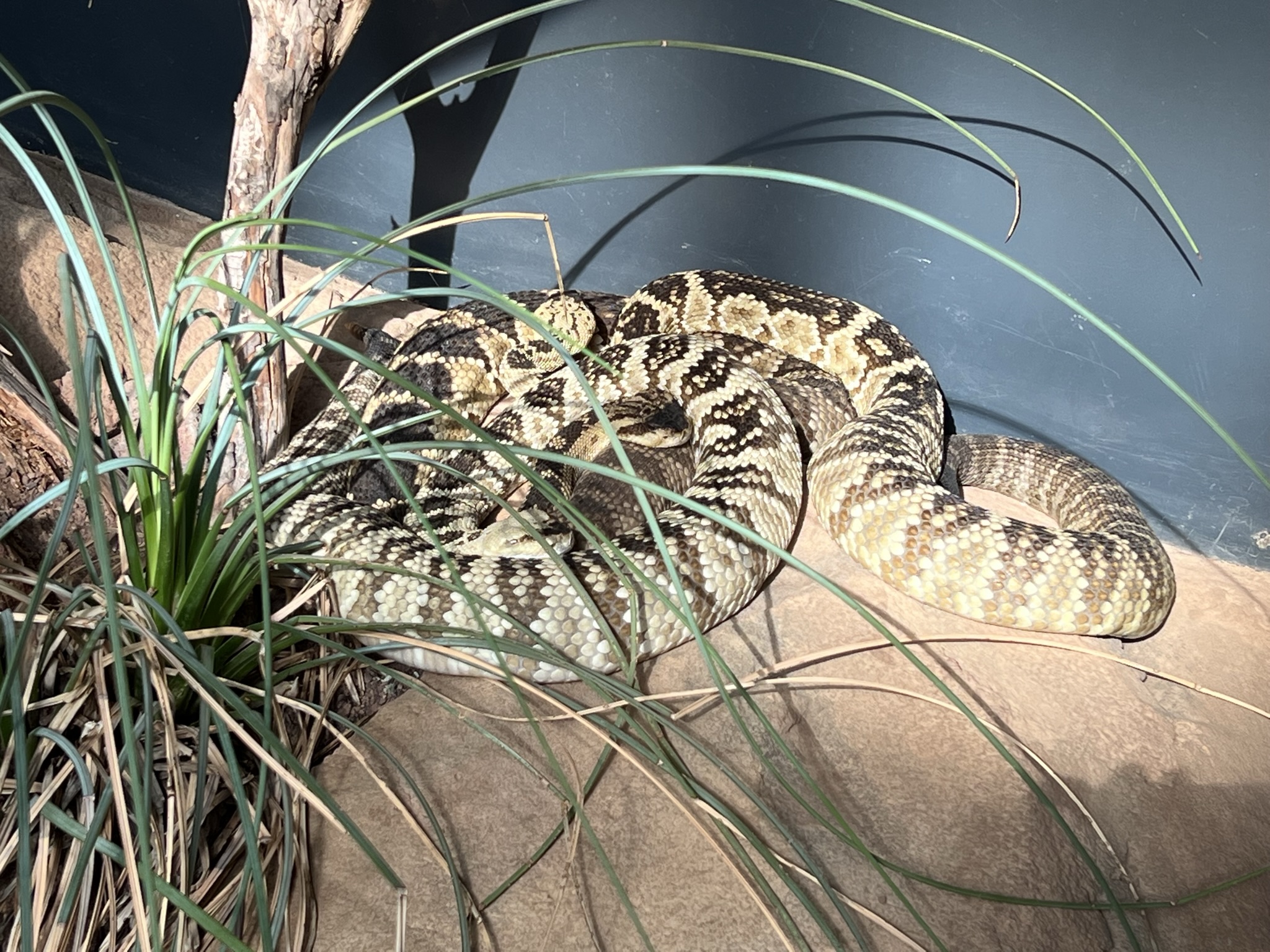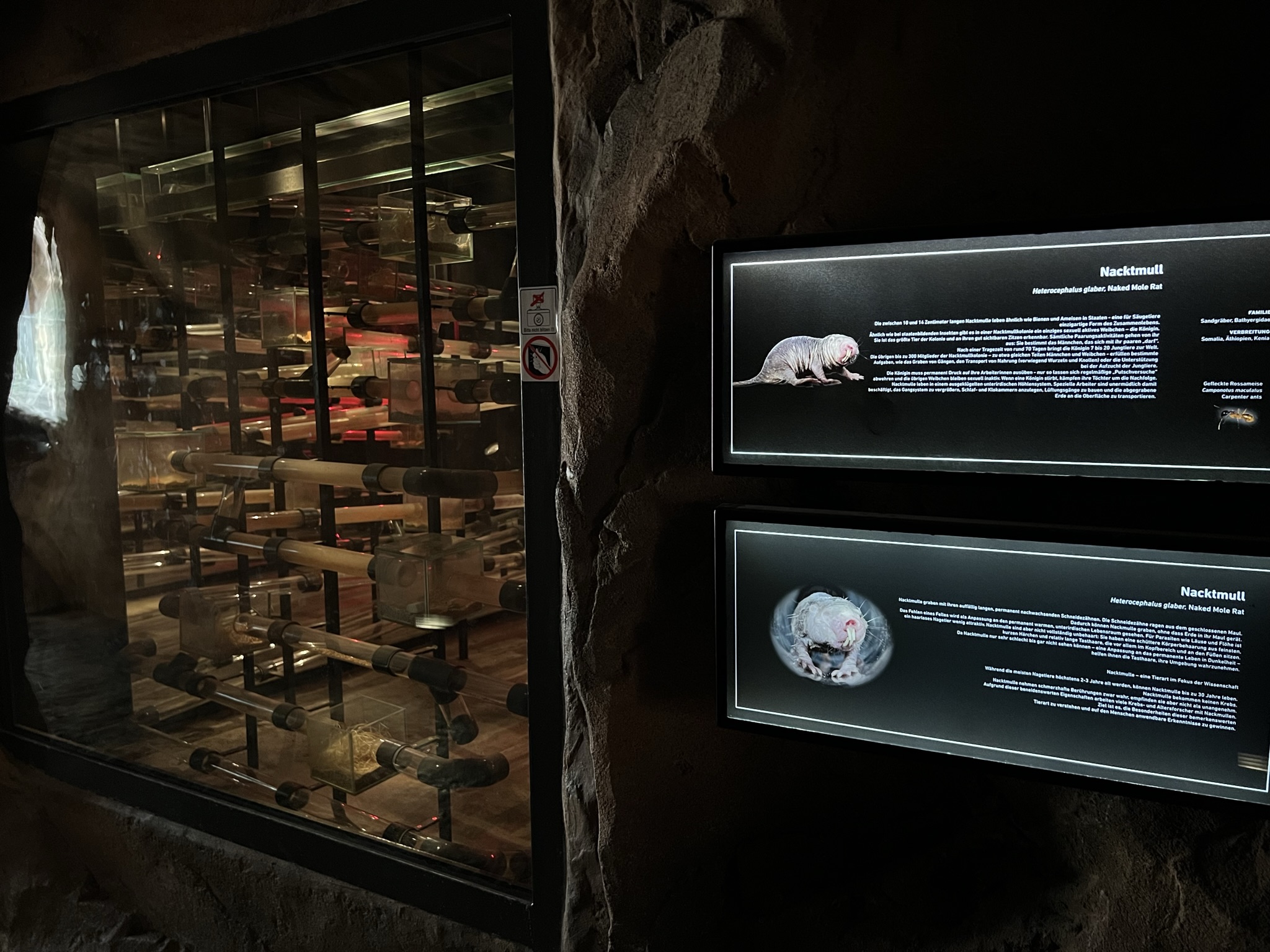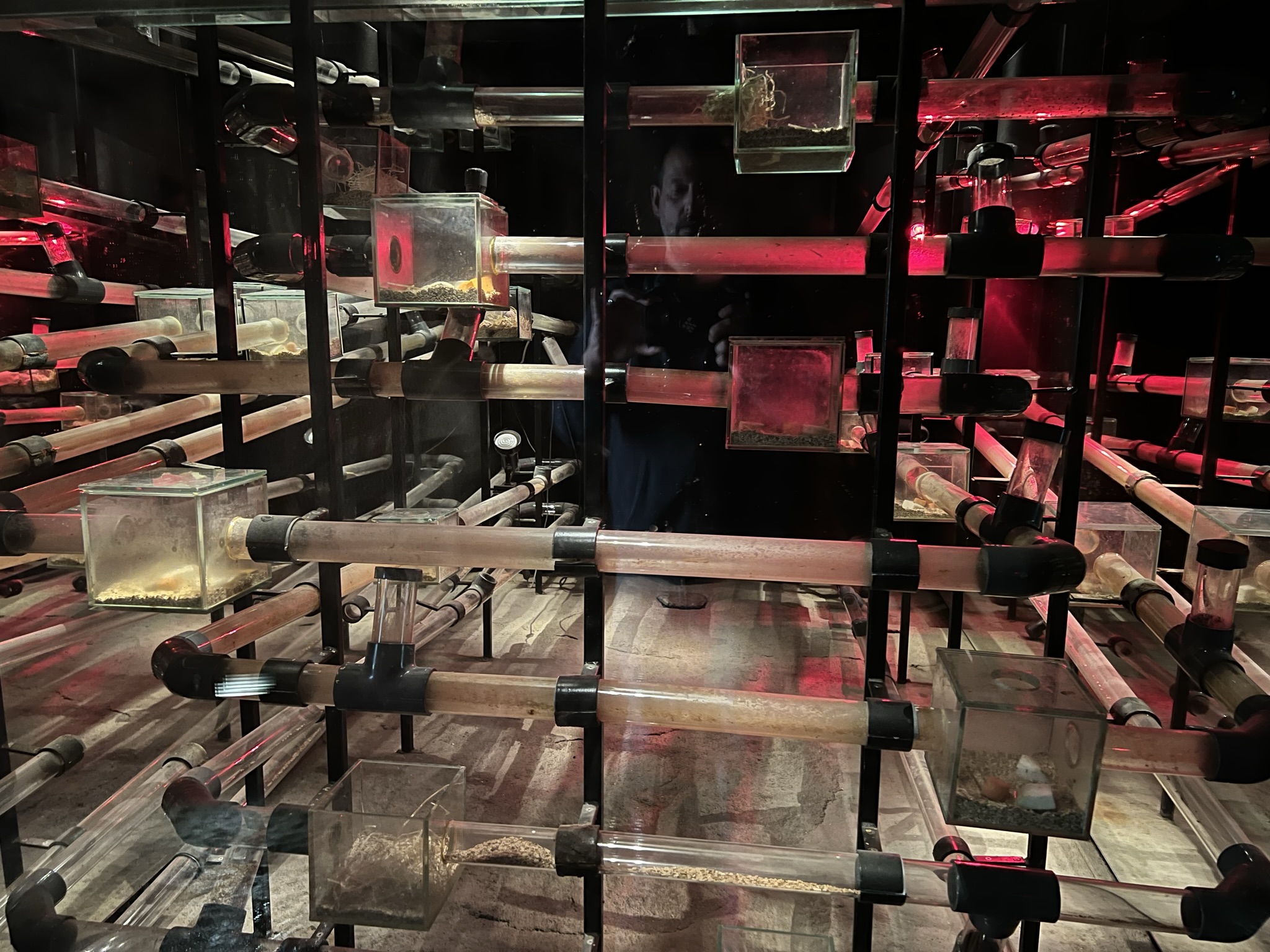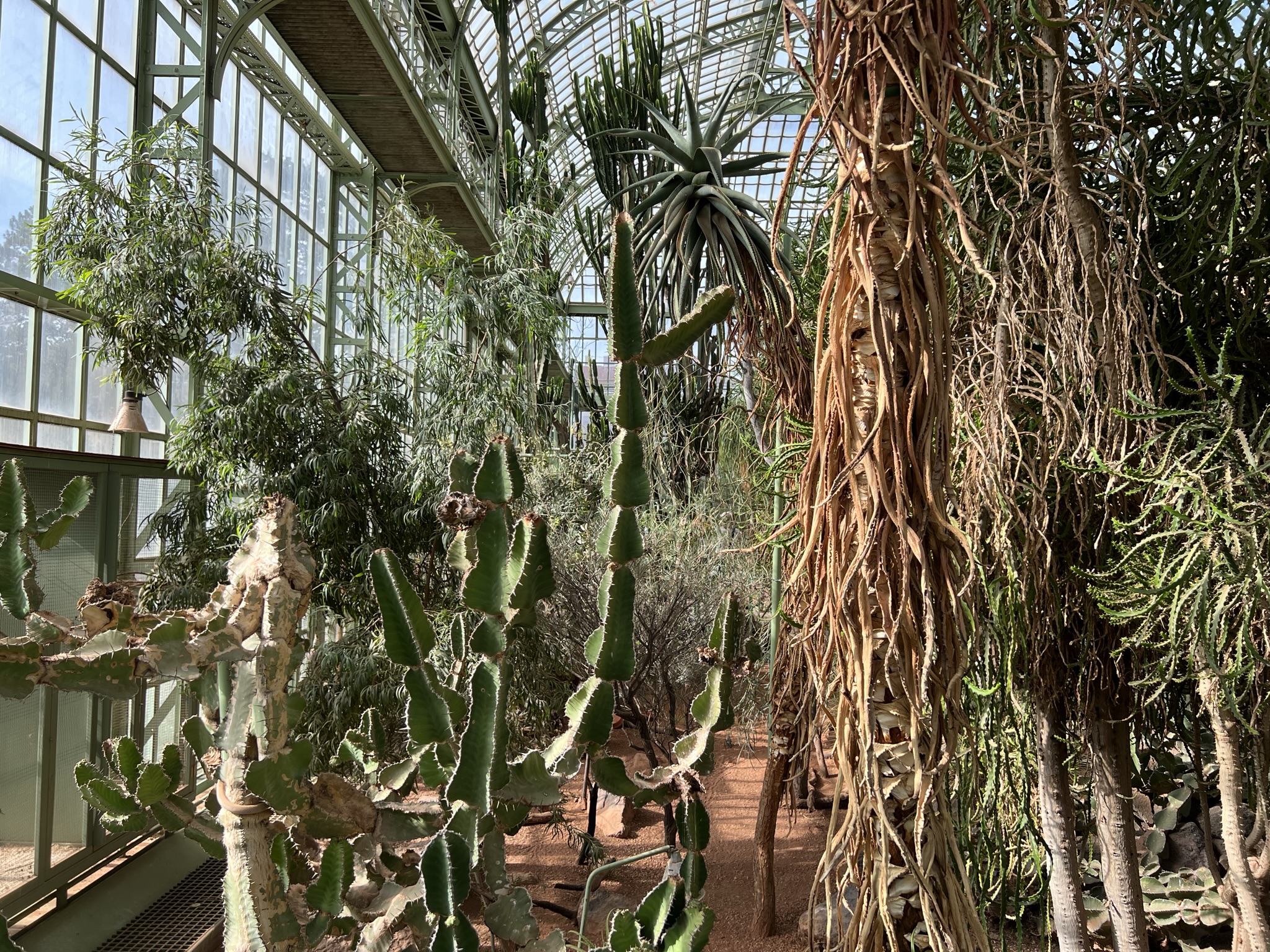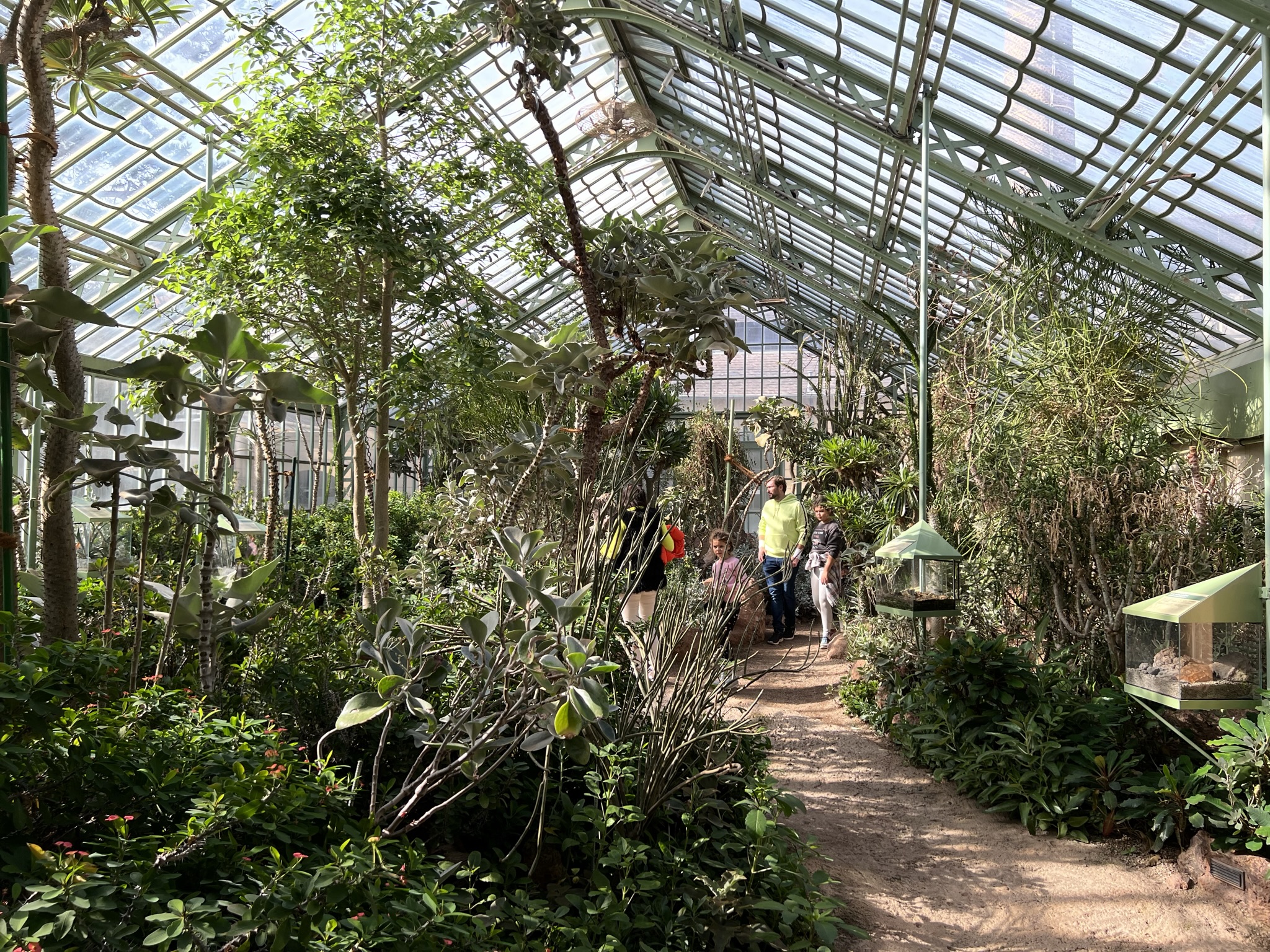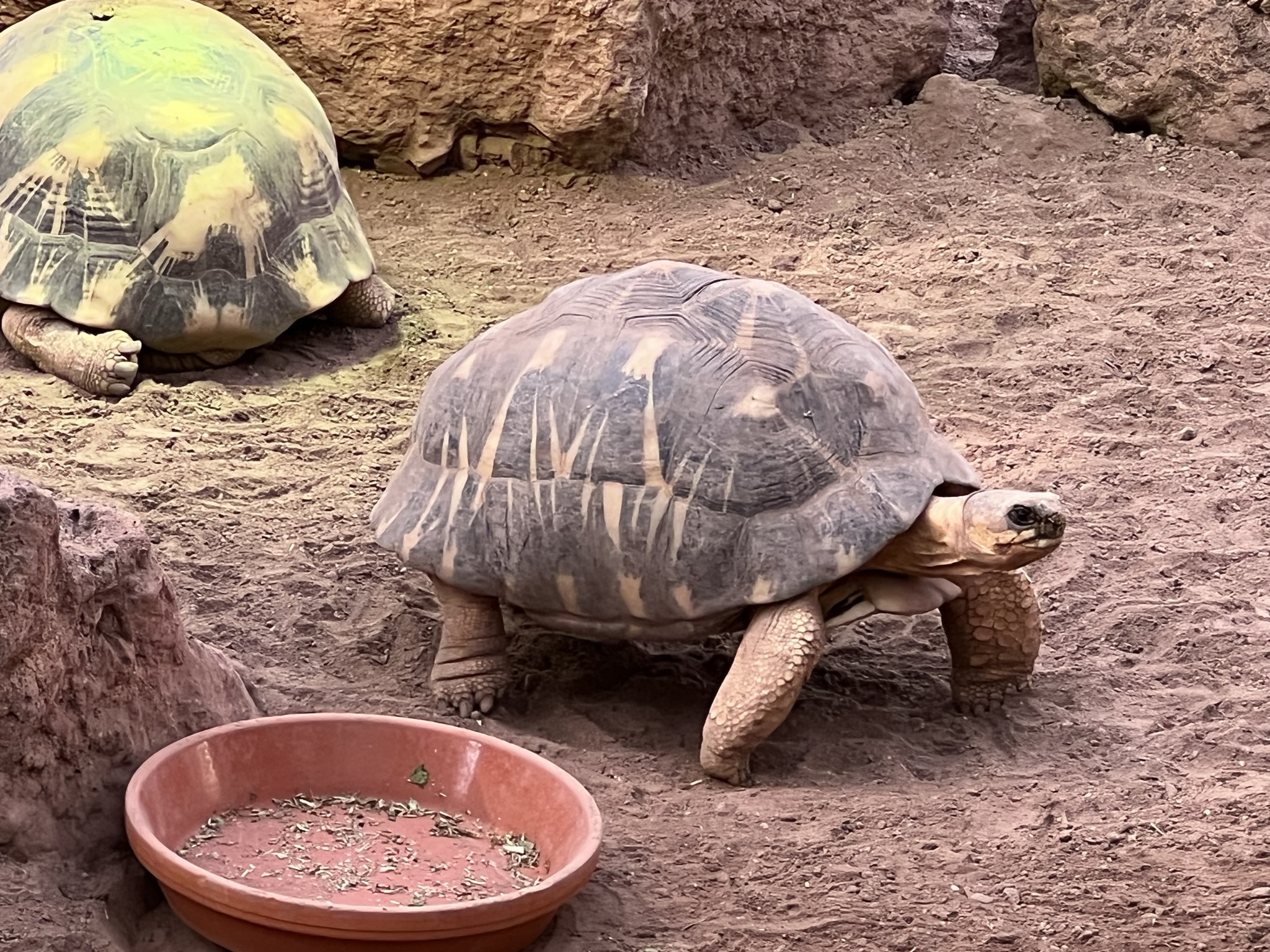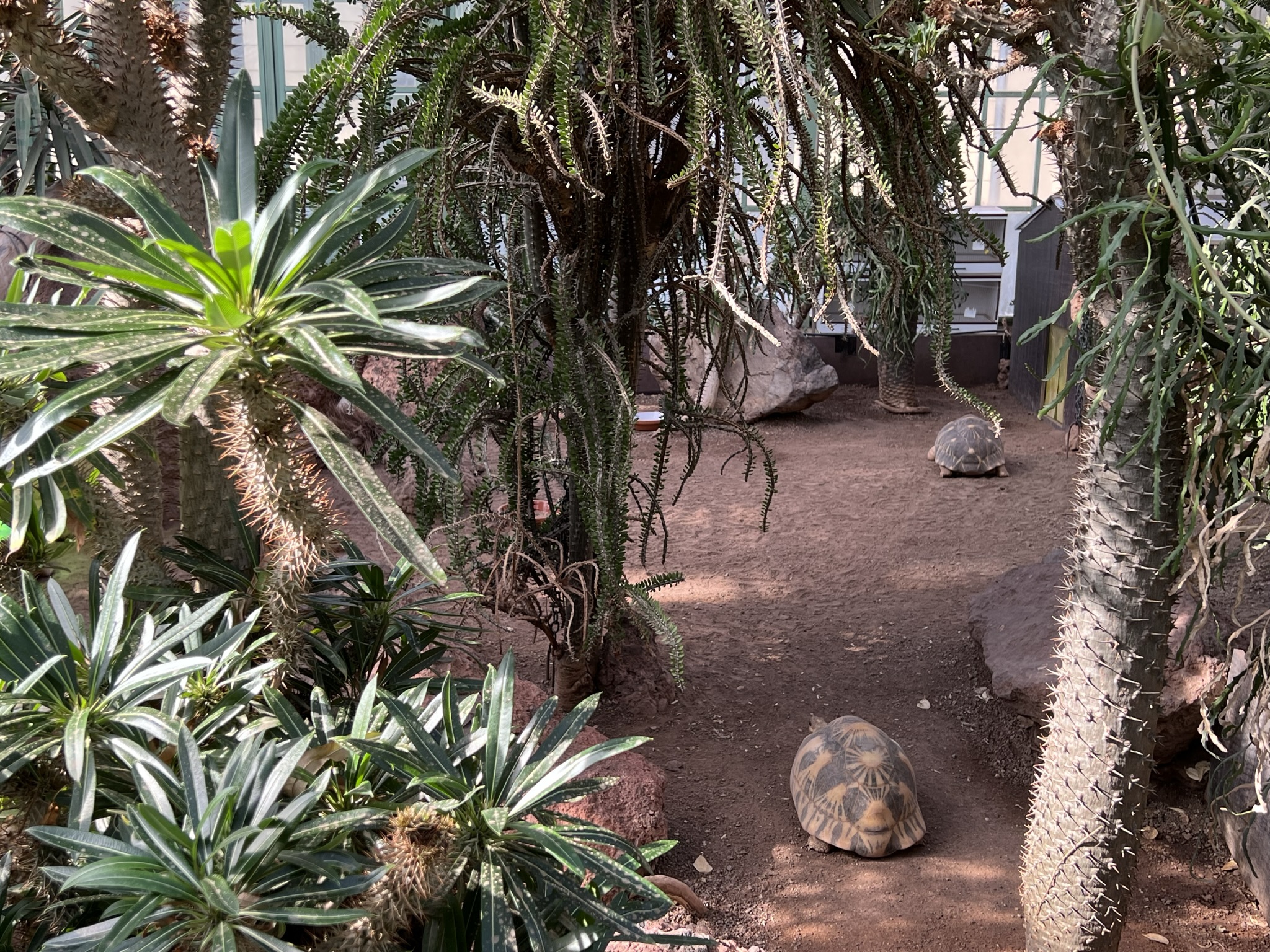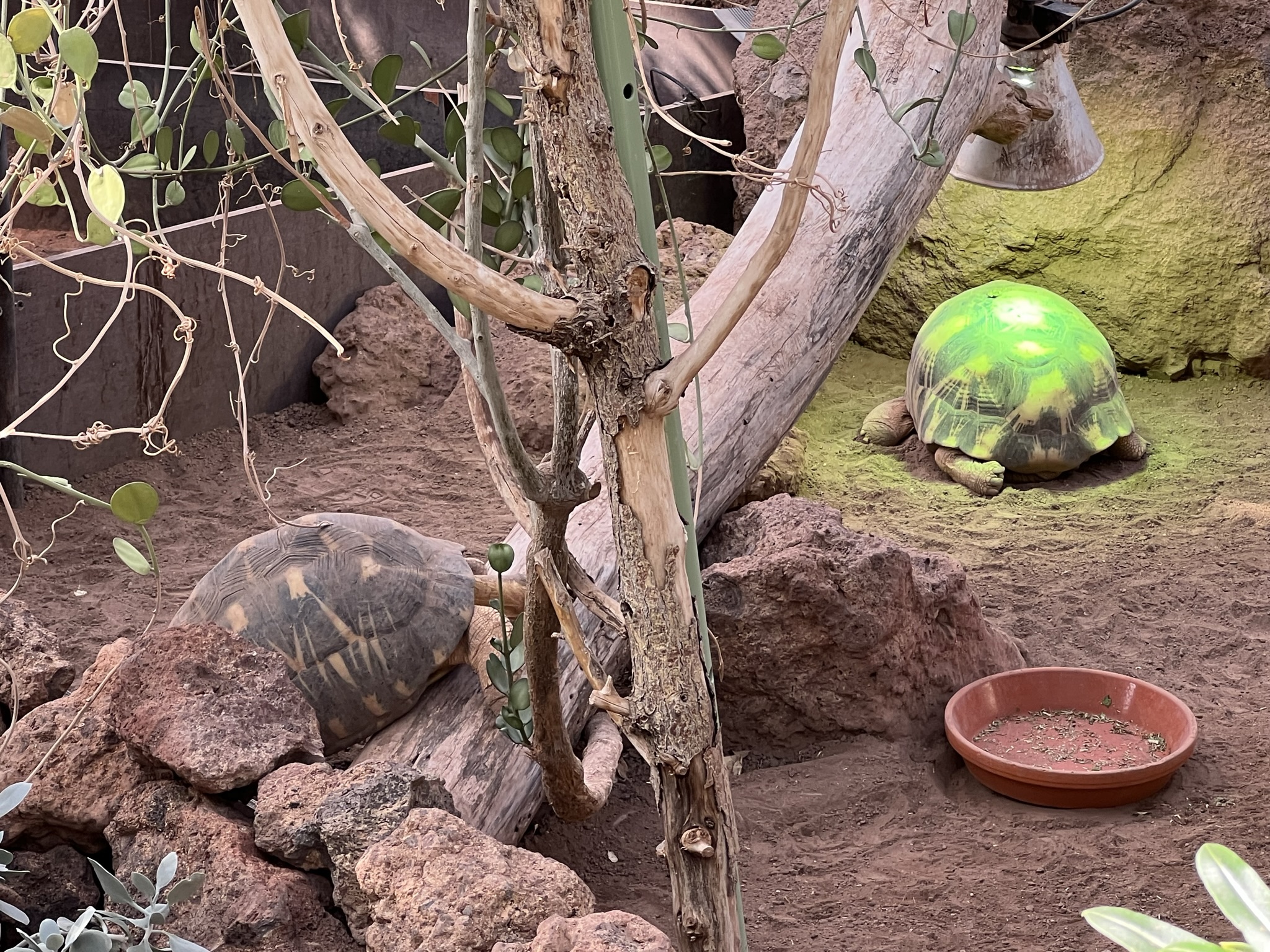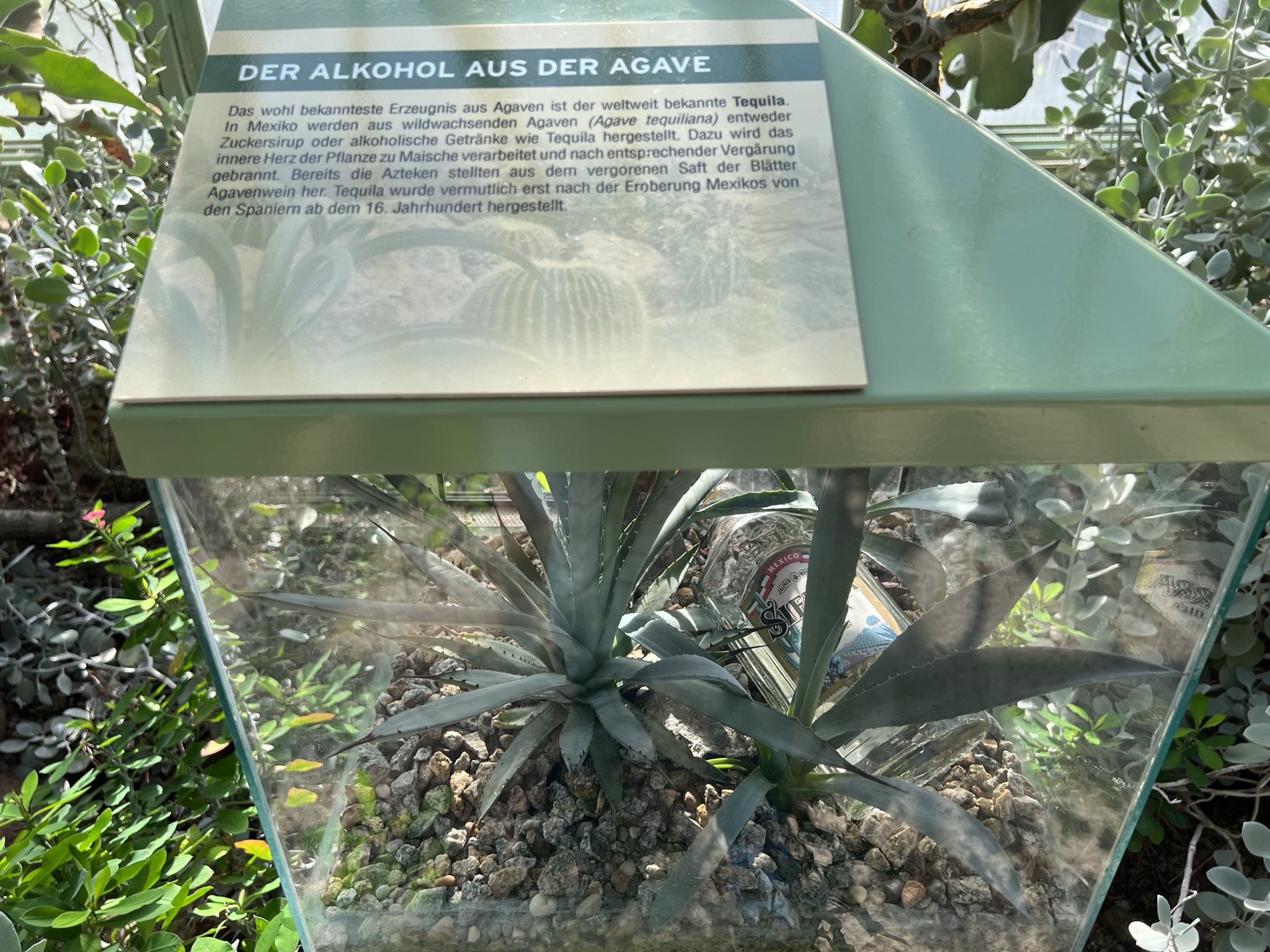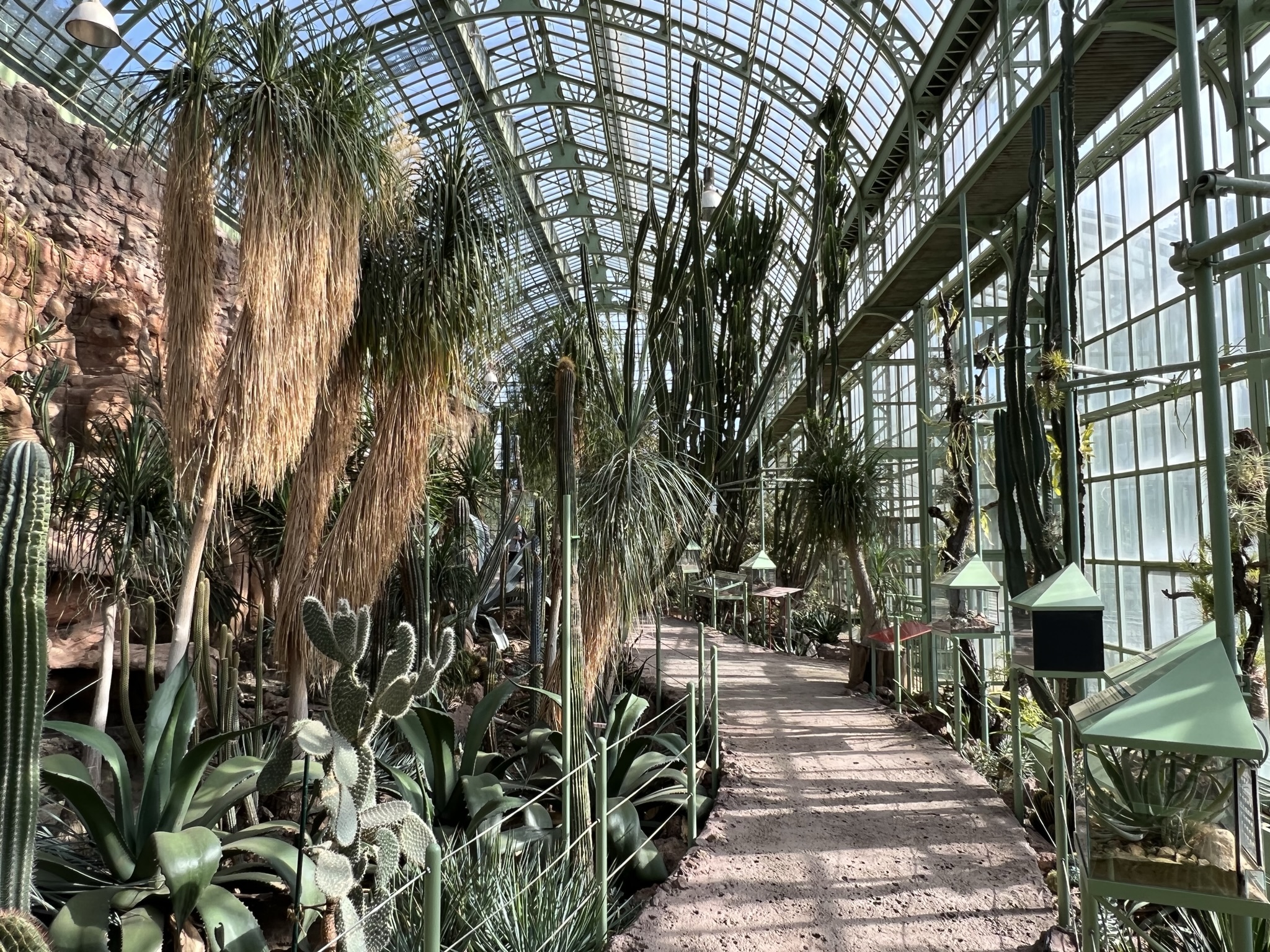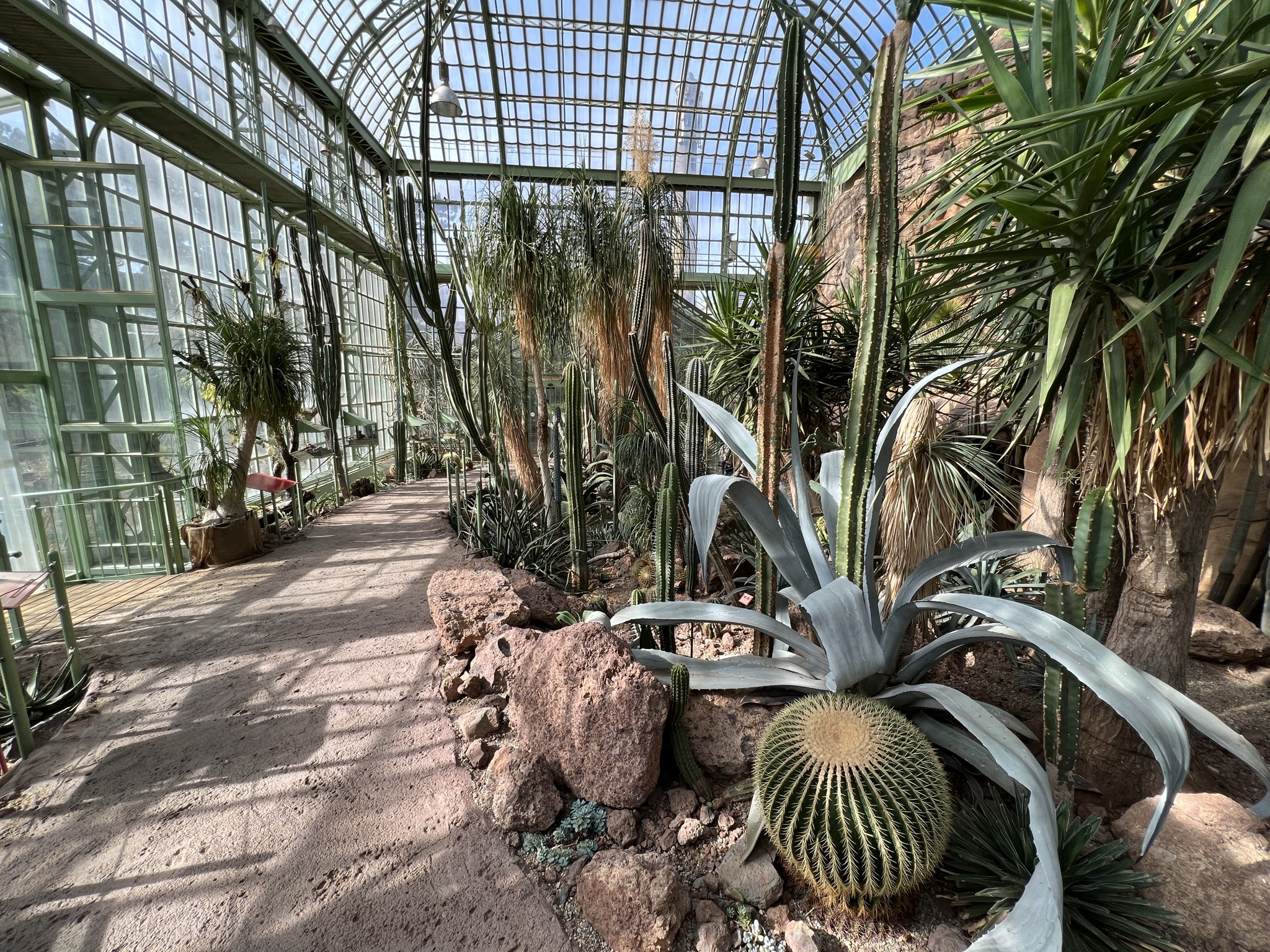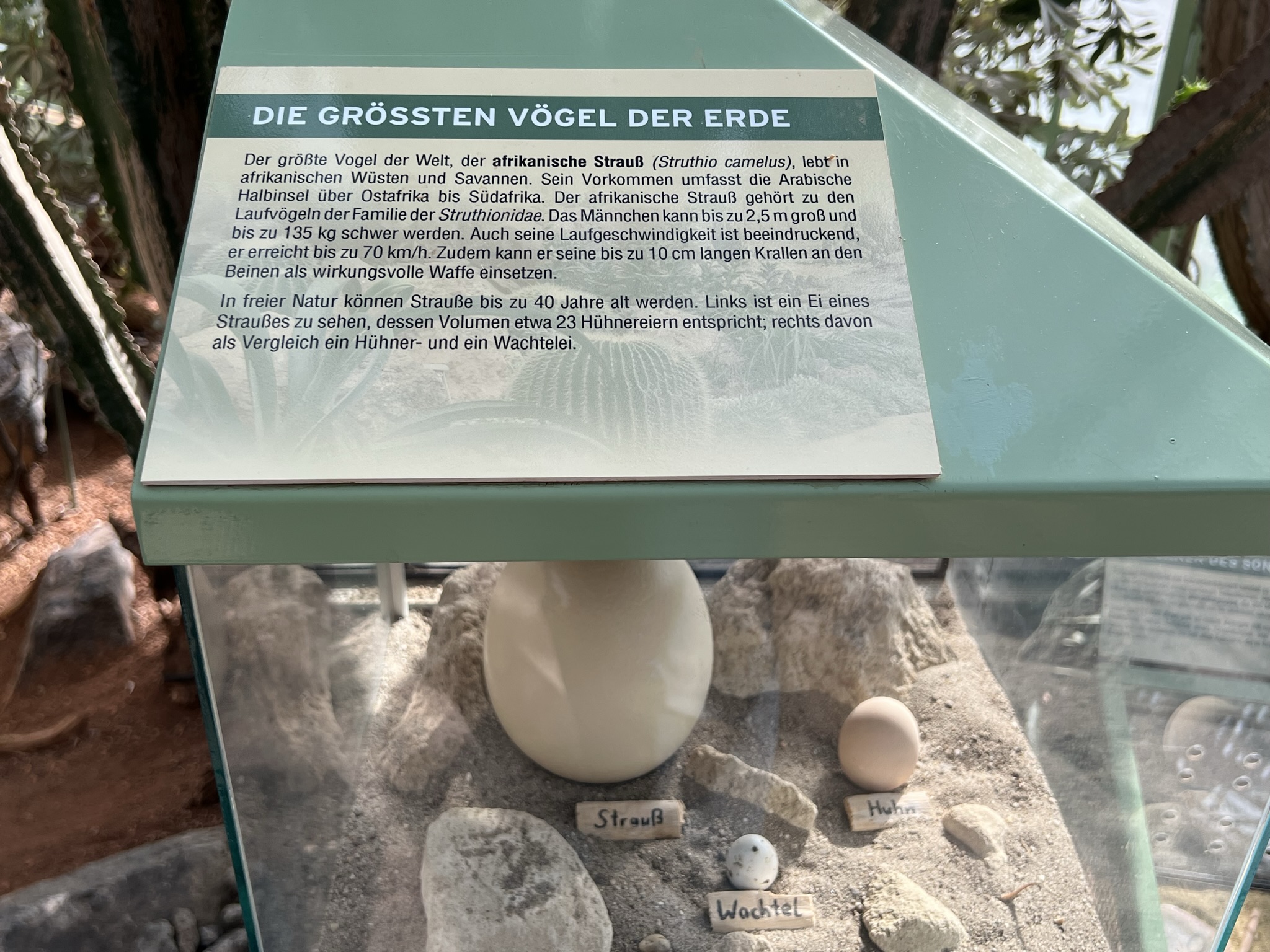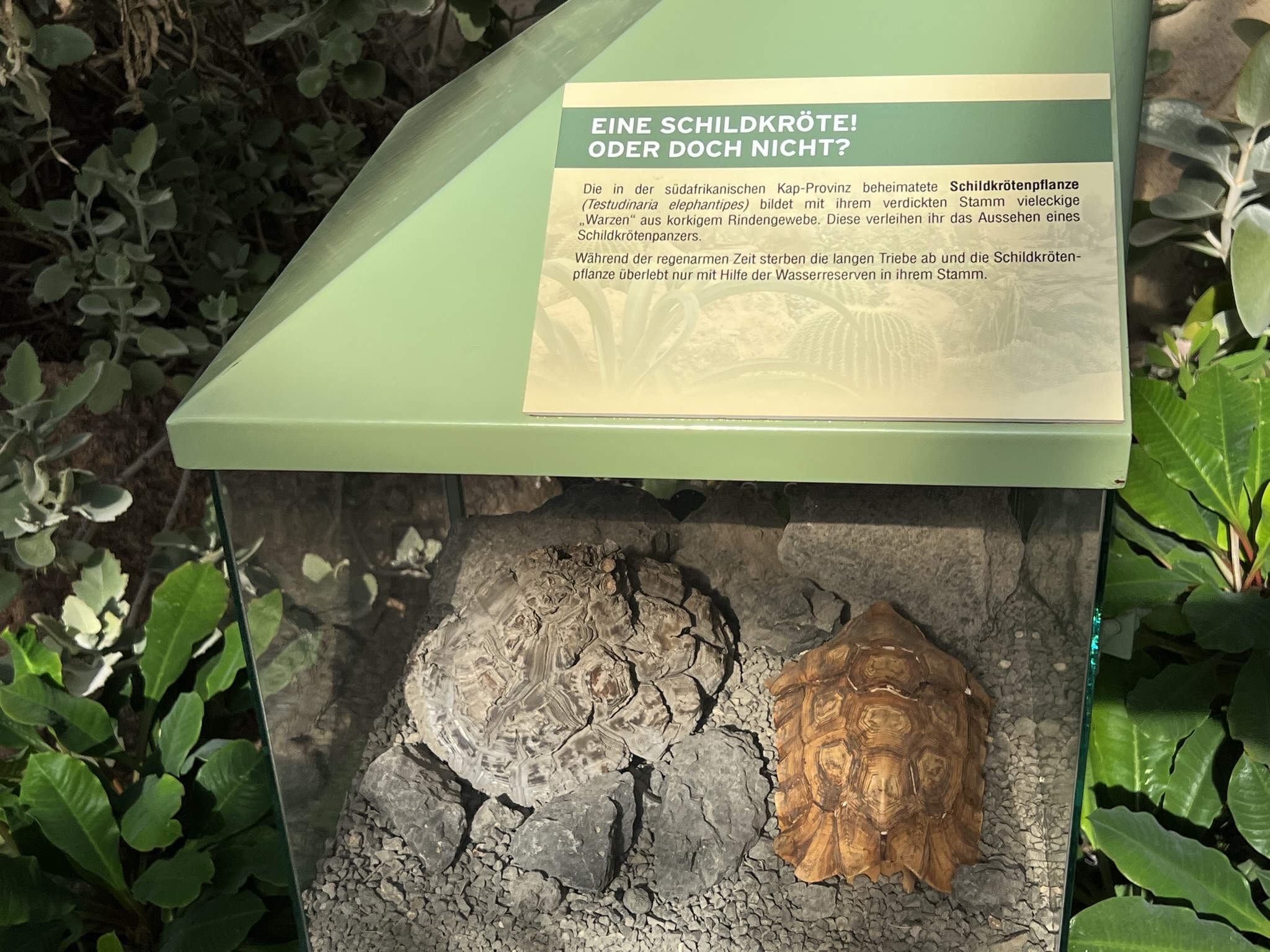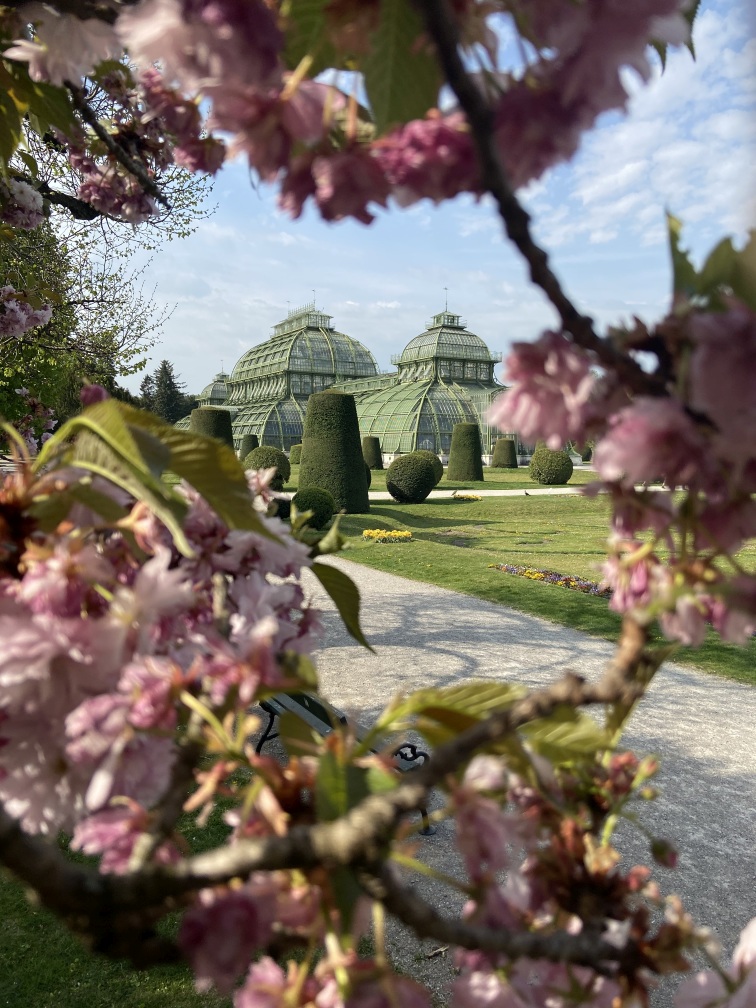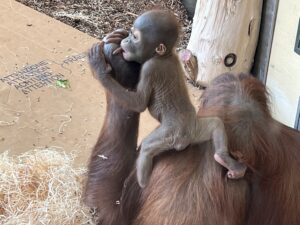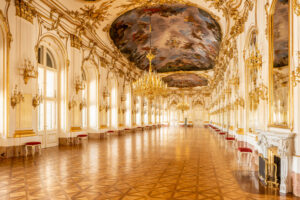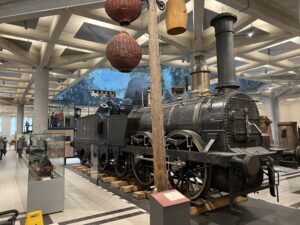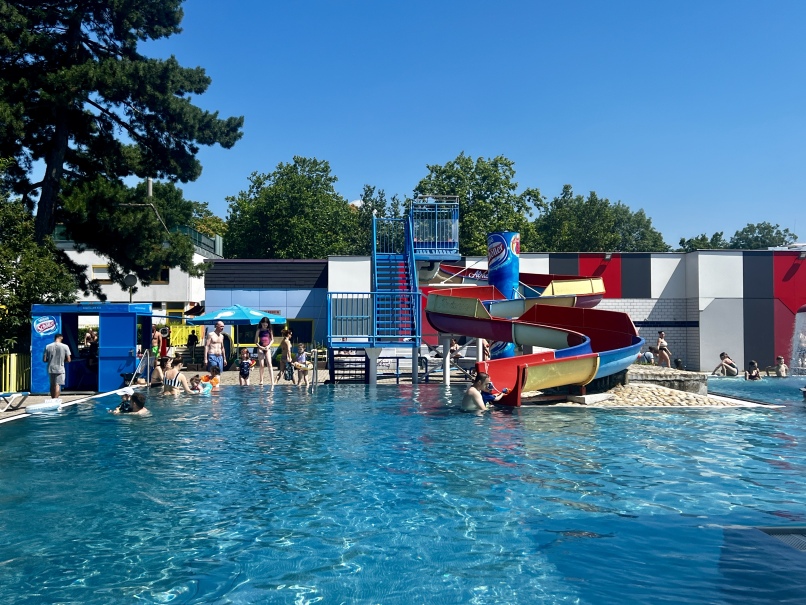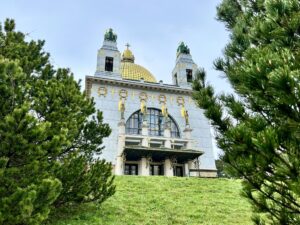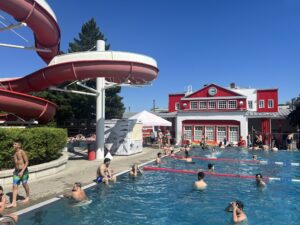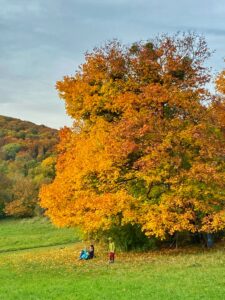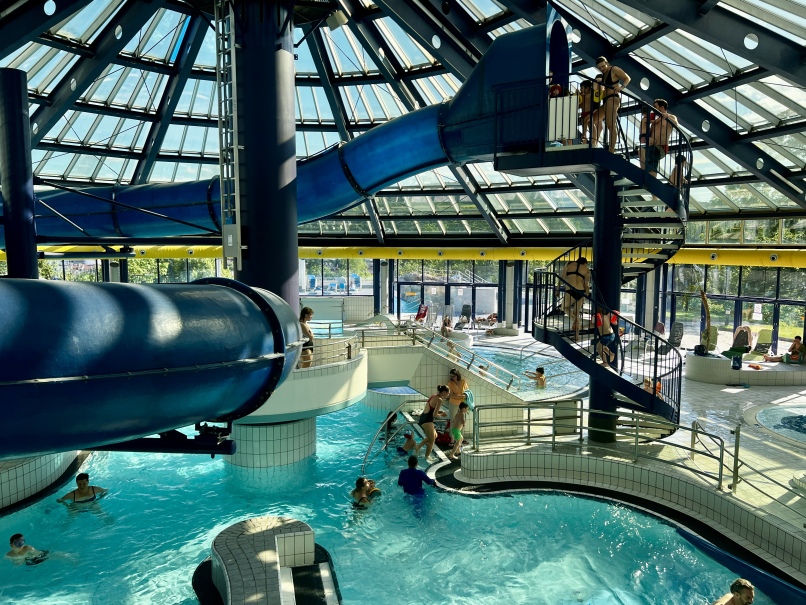Brief information:
- Where is it located? Directly opposite the Palm House in the Schönbrunn Palace Park, 1130 Vienna
- When is it open? Jan.- April and Oct.- Dec.: 9:00- 17:00, May- Sept.: 9:00- 18:00.
- How much is the entrance fee? Here you can find the Price list. With the Lower Austria Card Admission is free once.
- What is there to see? Mainly cacti and desert plants and a few animals.
The desert house is located directly on the grounds of Schönbrunn, a few meters before the Zoo located directly opposite the Palm HouseYou can easily recognize it by the metal cactus in front of the entrance. The desert house is not part of the zoo, however, and you have to pay a separate entrance fee. There are, however, various combination tickets.
An adventure trail leads through authentic desert landscapes from Central America to Madagascar. Mainly cacti and other succulents (juicy plants) can be seen here. There are also a few animals if you are lucky enough to spot them.
Nibble fish
Right at the entrance there is a tank with reddish sucker mullets. These schooling fish, native to Turkey, Syria and Jordan, are known to many as nibble fish because they are often used to treat various skin problems.
Here you can put your hand in and let the fish nibble on you, which is especially popular with children.
Rattlesnakes and other cave dwellers
First, you walk along a path where you can see some fish and a rattlesnake. In addition to the Zagros newt, which is considered the most beautiful newt in the world, and the blind cave tetras, which have no eyes, you can also see giant jerboas here. Unfortunately, they didn't show themselves during our visit.
Facility for naked mole rats
A highlight of the desert house is the 70-meter-long glass tube labyrinth, which is inhabited by around 50 naked mole rats - here too, not a single one showed up during our visit...
Unique for these not exactly beautiful mammals (they have a wrinkled body, long incisors and bristles): they live like bees in a colony with a queen - and they do so exclusively underground.
At least in different ways Turtles can be found again and again. The path offers interesting information boards with information about different plants
Our conclusion: it is a nice visit if you are in the area. The exhibition is small but nicely done. But seeing it once is probably enough

